African Legends and Myths: Tales that Transcend Generations
Africa, the cradle of humanity, is a continent rich with ancient traditions, diverse cultures, and a profound history. One of the most powerful expressions of Africa’s deep heritage is found in its myths and legends. These tales, passed down through generations, hold immense significance for the societies that cherish them. African myths are not merely stories; they are moral lessons, spiritual guidance, and a reflection of the collective wisdom and imagination of a people deeply connected to nature, the ancestors, and the divine.
In this post, we will explore the diverse and fascinating world of African legends and myths, delving into the tales that transcend generations and shape the spiritual and cultural lives of African peoples. From creation myths to stories of gods, heroes, and tricksters, these narratives reflect the rich diversity of the African continent, yet share common themes of morality, identity, and the relationship between humans and the supernatural.
The Role of Myths and Legends in African Culture
African myths and legends play a fundamental role in the cultural and spiritual fabric of the continent. These stories are not simply entertainment; they are a means of transmitting important values, beliefs, and history. They help explain the origins of the world, the forces of nature, and the intricate relationships between humans, animals, and the divine. Often recited by griots (storytellers) or elders, myths serve as a vehicle for educating younger generations about the ways of their ancestors, the laws of their communities, and their place in the universe.
Oral Tradition
In many African societies, the oral tradition is paramount. Unlike Western cultures, where written texts are the primary means of transmitting knowledge, African cultures have long relied on the spoken word to preserve their history and beliefs. Storytelling is a communal activity, and the performance of these myths often involves song, dance, and dramatic reenactments. The oral tradition ensures that these stories remain fluid, allowing them to evolve and adapt with each retelling, while still preserving the core lessons and values.
The Moral and Educational Function of Myths
African myths often serve as moral lessons, teaching people about the consequences of human actions, the importance of virtues such as honesty, courage, and kindness, and the dangers of vices such as greed, pride, and deception. These stories frequently use animals, natural phenomena, and supernatural beings to convey their messages, making abstract moral concepts more accessible and memorable.
For example, the myth of Anansi the Spider, a trickster figure from the Ashanti people of Ghana, is used to teach the values of wit, intelligence, and sometimes the consequences of dishonesty. Anansi’s stories often show how he uses his cleverness to outsmart more powerful opponents, but they also caution against deceit and selfishness.
Creation Myths: The Origins of the World
Creation myths are among the most important stories in any culture, as they address the fundamental question of how the world came to be. In Africa, these myths vary greatly from region to region, but many share similar themes, such as the role of gods, the significance of nature, and the interaction between humans and the divine.
The Dogon Creation Myth
The Dogon people of Mali have one of the most elaborate and profound creation myths in Africa. According to their legend, the world was created by the supreme god Amma. Amma first created the sun and the moon, and then the earth, which was initially shapeless. He then molded the earth into a feminine form and fertilized it, resulting in the birth of the first creatures. However, the process was flawed, and disorder entered the world, symbolized by the jackal, a creature associated with chaos.
Amma then created the Nommo, twin spirits who restored balance and order to the world. The Nommo are associated with water, fertility, and life, and their presence is believed to have initiated the order that governs the world today. The Dogon myth emphasizes the balance between opposing forces—order and chaos, male and female, light and darkness—and the importance of maintaining harmony in the world.
The Zulu Creation Myth
The Zulu people of South Africa tell the story of Unkulunkulu, the great creator. According to their myth, Unkulunkulu emerged from a reed and brought forth all living things into the world. He created humans, animals, and plants, and taught people how to hunt, make fire, and build homes. Unkulunkulu is both a creator and a cultural hero, credited with giving humanity the knowledge and tools necessary for survival.
In the Zulu myth, the reed is a symbol of life and regeneration, and the act of emerging from the reed signifies the birth of life itself. This myth highlights the close relationship between humans and nature, a theme common in many African creation stories.
Gods, Spirits, and Supernatural Beings
African myths are populated by a rich pantheon of gods, spirits, and supernatural beings. These entities often govern various aspects of the natural world, such as the sky, water, and earth, as well as human life, including birth, death, and fertility. In many African traditions, there is no strict separation between the human and spiritual realms; instead, these worlds are seen as interconnected and constantly interacting.
The Orishas of Yoruba Mythology
In the Yoruba religion, which originates in present-day Nigeria and Benin, the Orishas are a group of deities who serve as intermediaries between the supreme god, Olodumare, and humanity. Each Orisha governs a specific aspect of life and nature. For example, Ogun is the god of iron and war, while Oshun is the goddess of love, fertility, and rivers.
Yoruba mythology is deeply symbolic, with each Orisha embodying not only natural forces but also human emotions and experiences. The Orishas are both divine and relatable, as they possess human-like qualities, including flaws and emotions. This makes them accessible to worshippers, who can appeal to the Orishas for guidance, protection, and blessings.
The Mami Wata Spirit
Mami Wata is a powerful and enigmatic water spirit revered in many parts of West, Central, and Southern Africa. She is often depicted as a mermaid or a beautiful woman with a serpent, symbolizing her connection to water and the duality of her nature—both nurturing and destructive. Mami Wata is associated with fertility, healing, and wealth, but she is also a capricious spirit who demands respect and proper rituals from her followers.
In many myths, Mami Wata is a guardian of water sources, and those who seek her favor must approach her with humility and offerings. She embodies the mystery and power of water, a force that sustains life but can also bring destruction through floods and storms. Her dual nature reflects the broader theme in African mythology of balance and respect for the forces of nature.
Trickster Figures: The Clever and Cunning
Trickster figures are a common motif in African mythology, representing both the chaos of life and the potential for creativity and change. These characters, often animals, use their intelligence, wit, and cunning to outsmart others, whether for personal gain or to teach a valuable lesson. While tricksters may cause trouble, they are also seen as catalysts for transformation, pushing boundaries and challenging the status quo.
Anansi the Spider
Anansi, one of the most famous trickster figures in African mythology, comes from the Akan people of Ghana. Anansi is often depicted as a spider, and his tales are filled with clever schemes and humorous outcomes. Although Anansi is small and weak compared to other animals, he consistently uses his cunning to overcome obstacles and gain the upper hand.
One popular Anansi story tells how he tricked the Sky God into giving him control of all the world’s stories. Through a series of clever maneuvers, Anansi captures dangerous creatures like the python and the leopard and presents them to the Sky God as proof of his cleverness. In the end, Anansi is granted the right to tell all stories, a testament to the power of intelligence over brute strength.
The Hare in Southern African Mythology
In Southern African folklore, the hare is a prominent trickster figure, much like Anansi in West Africa. The hare is known for his quick thinking and ability to deceive stronger animals like the lion or the elephant. While the hare’s tricks often cause trouble, his actions can also bring about important changes or reveal hidden truths.
The hare’s stories are meant to entertain, but they also serve as lessons about the importance of using one’s mind rather than relying solely on physical power. They reflect the belief that intelligence and adaptability are key to survival, especially in a world filled with unpredictability and challenges.
Heroes and Cultural Figures
Alongside gods, spirits, and tricksters, African mythology is filled with stories of heroic figures who perform great deeds, establish kingdoms, or bring vital knowledge to their people. These heroes are often semi-divine or possess supernatural abilities, and their stories are celebrated as part of the cultural identity of various African societies.
Sundiata Keita: The Lion King of Mali
Sundiata Keita, the founder of the Mali Empire in the 13th century, is a legendary figure in West African history and folklore. His story, told in the epic of Sundiata, is a mix of historical fact and myth. Born as a weak and disabled child, Sundiata overcame great adversity to unite the Mandinka people and establish one of the most powerful empires in Africa.
According to the legend, Sundiata was destined for greatness despite his physical challenges. With the help of his mother, a wise woman, and his loyal allies, Sundiata fulfilled a prophecy by defeating the sorcerer
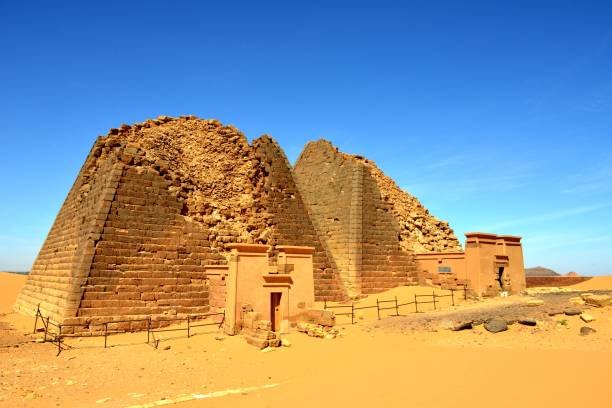
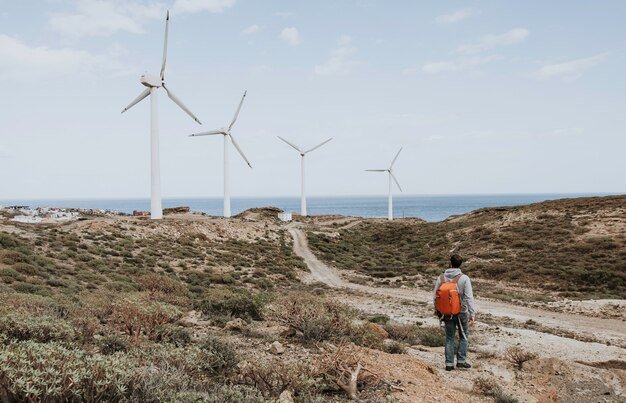
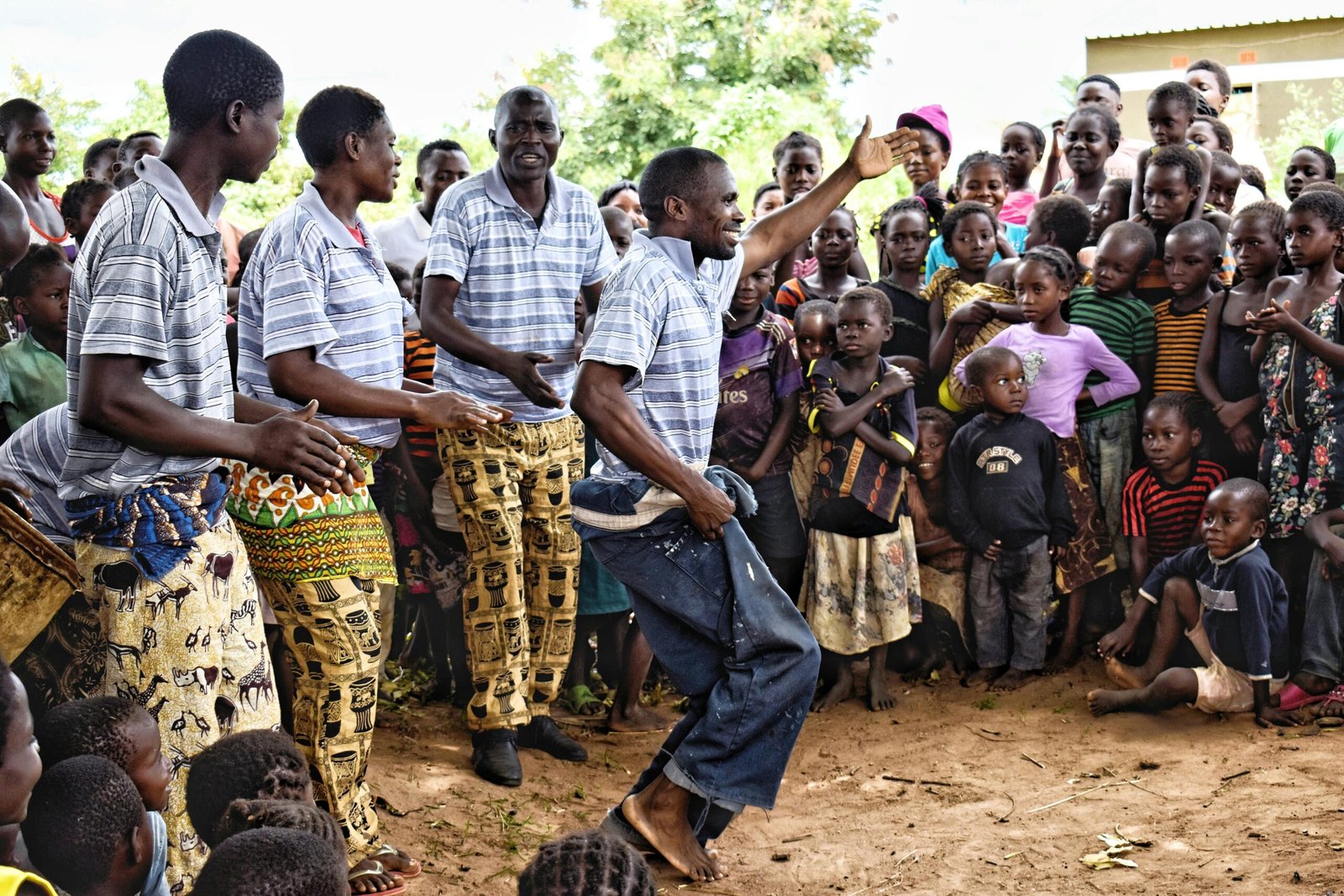
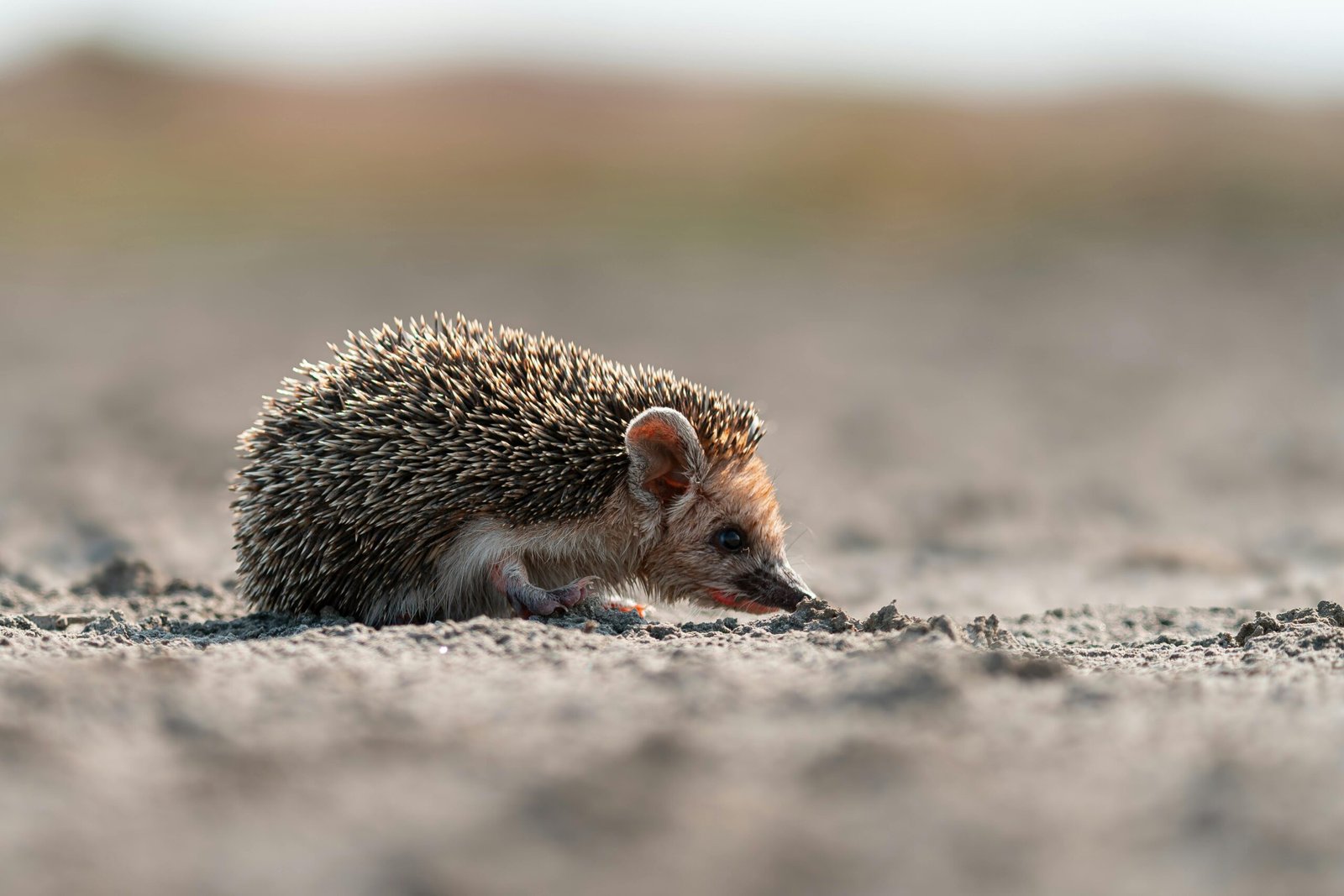

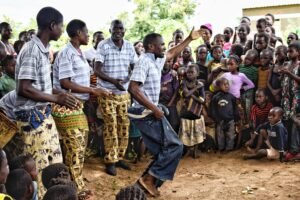

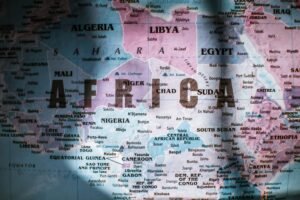
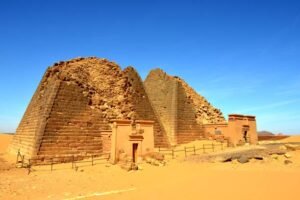
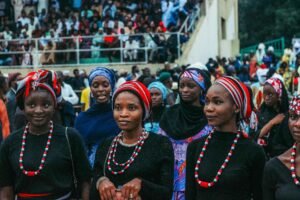

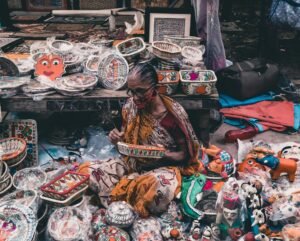
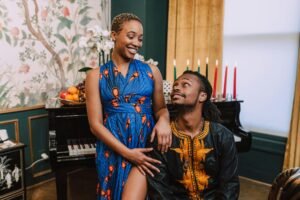
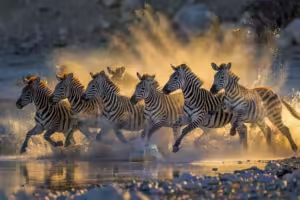
Publicar comentário